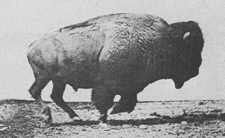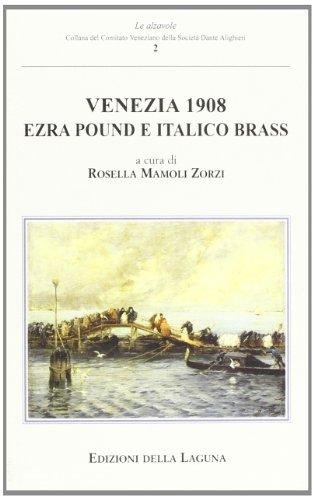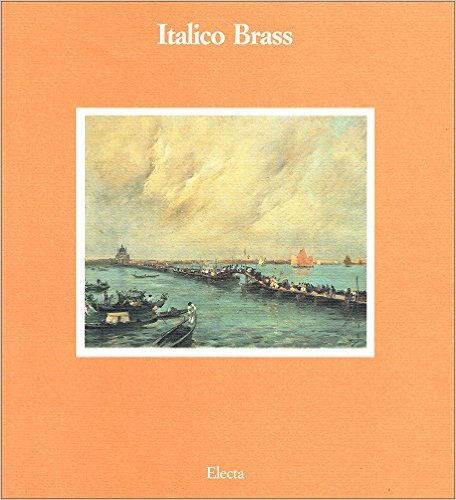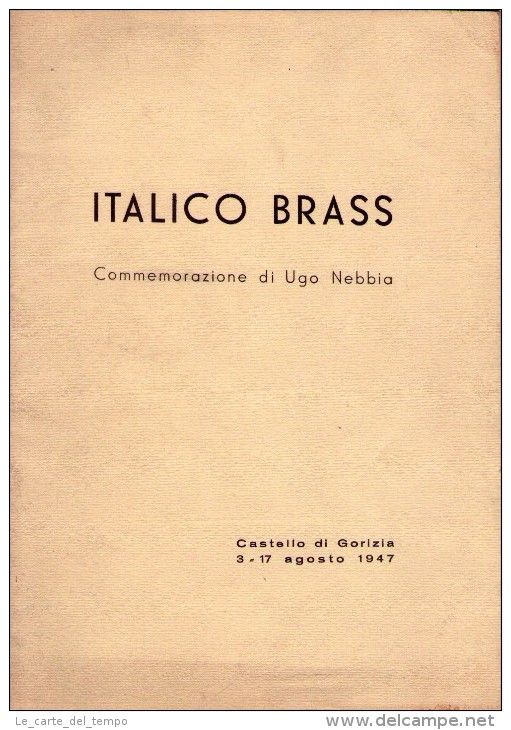ITALICO BRASS
Giovanni Brass’s grandfather, Italico Brass
(14 December 1870 – 16 August 1943),
bestowed upon the artistically inclined
youngster the sobriquet Tintoretto, which the family soon shortened to Tinto.
Italico was an art dealer as well as a well-known Venetian artist, and here are
some samples of his works, all grabbed from other sites, which are hereby linked.
I also include some tidbits from other sites discovered by a quick Google search.
Just now I learn that he was also a scenographer!
The ties are getting closer, indeed!
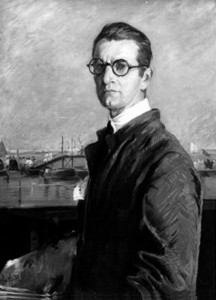
Self-portrait, 1924
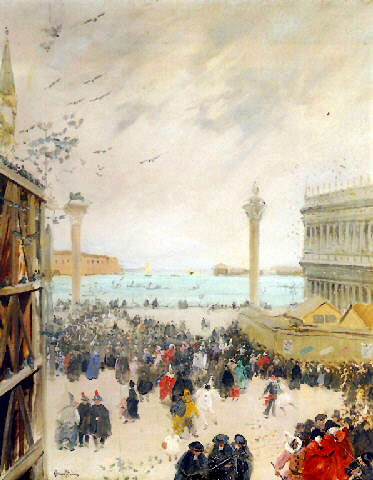
Carnevale in piazzetta, Venezia
Oil on Canvas
35.8 in. × 28.3 in. / 91 cm. × 72 cm.
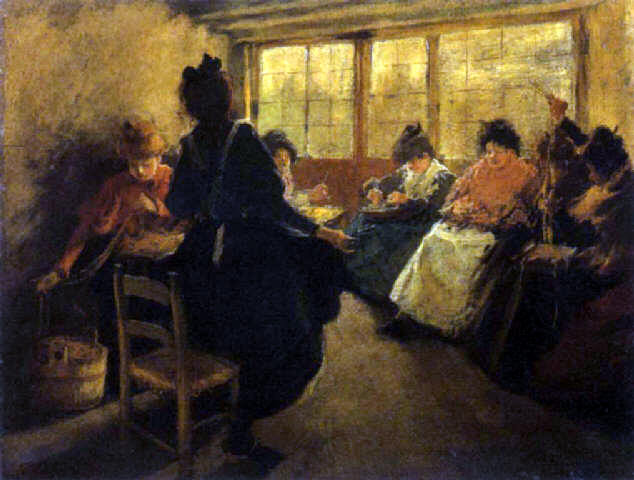
Le ricamatrici, 1912
1912
Oil on Canvas
26.2 in. × 33.9 in. / 66.5 cm. × 86 cm.
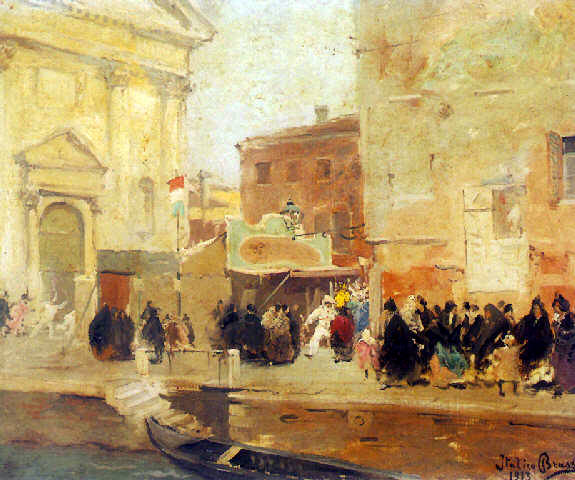
Maschere à San Barnaba
1913
Oil on Canvas
19.9 in. × 24 in. / 50.5 cm. × 61 cm.
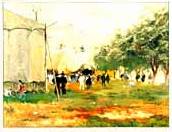
Carabinieri a Sant’Elena di Venezia
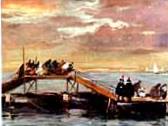
Carabinieri al ponte di San Michele a Venezia
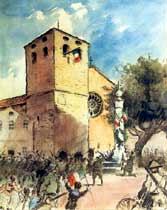
Soldati italiani di fronte alla Chiesa di San Giusto
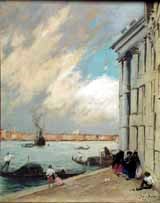
Traghetto alla Dogana
1911
Oil on Canvas
75 cm. × 60 cm.
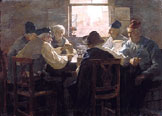
La briscola
1893
oil on canvas
95 cm × 136 cm.
A street in Venice is named Via Italico Brass.
Of course, I knew, I just knew, that there had to be a book about him, but I could never find one, anywhere.
Then one day, lo and behold, there it was!
It’s a bit hard to find, but there are copies on the used market.
If you don’t find any on Amazon, check on
Abe Books and
eBay.
Further, as you can surely guess, where there’s one book, there’s another:
|
